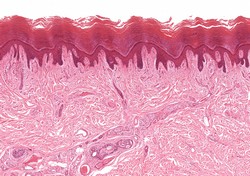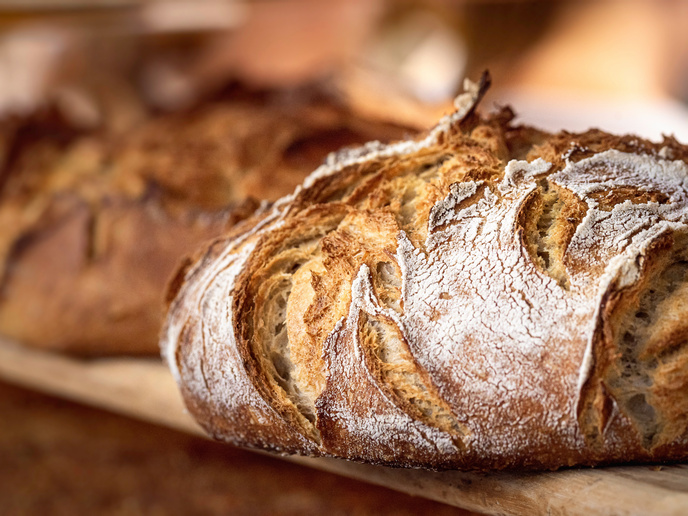Skin physiology unveiled
The skin constitutes the biggest organ of the human body, protecting against many environmental threats and pathogens. It possesses many layers, with the outermost layer (the epidermis) acting as a barrier. When the integrity of the skin is compromised, a very effective multi-step repair mechanism is activated that ensures fast recovery. During this process, skin cells from the epidermis known as keratinocytes migrate over the injured tissue to heal the wound. This migration requires morphological and cytoskeletal changes that are driven by integrins and the small G proteins of the Rho family. CD98hc, a subunit of the amino acid transporter (SLC3A2), seems to be essential for proper epidermal wound healing in vivo. It acts as a co-receptor for integrin and can also regulate the activity of other Rho proteins. The EU-funded CD98 RHO SKIN (Role and regulation of CD98hc and Rho proteins during skin wound-healing) project investigated the role of these molecules in skin physiology regulation. They used mouse models to dissect the role of CD98hc in skin homeostasis and repair. Results indicated the requirement of CD98hc for proper wound healing and reveal a regulatory impact on RhoA activity through intracellular reactive oxygen species levels. In vivo studies revealed the importance of the CD98hc/integrins/Rho guanine nucleotide exchange factor (GEF) leukaemia-associated RhoGEF/RhoA pathway in skin homeostasis. Also, ageing was found to impair CD98hc regulation of skin homeostasis. A surprising discovery, CD98hc also regulates the mechano-sensing and mechano-transduction properties of integrin. Researchers characterised and studied this process and a manuscript submission on this is underway. In terms of skin tumours, they found that CD98hc is required for stiffness-dependent tumour progression. Given the immense medical issue of skin injury or burns, understanding how the skin mediates repair should lead to novel treatments. Applications also include skin cancer therapy and could extend to the nutraceutical, pharmaceutical and cosmetic industries.







